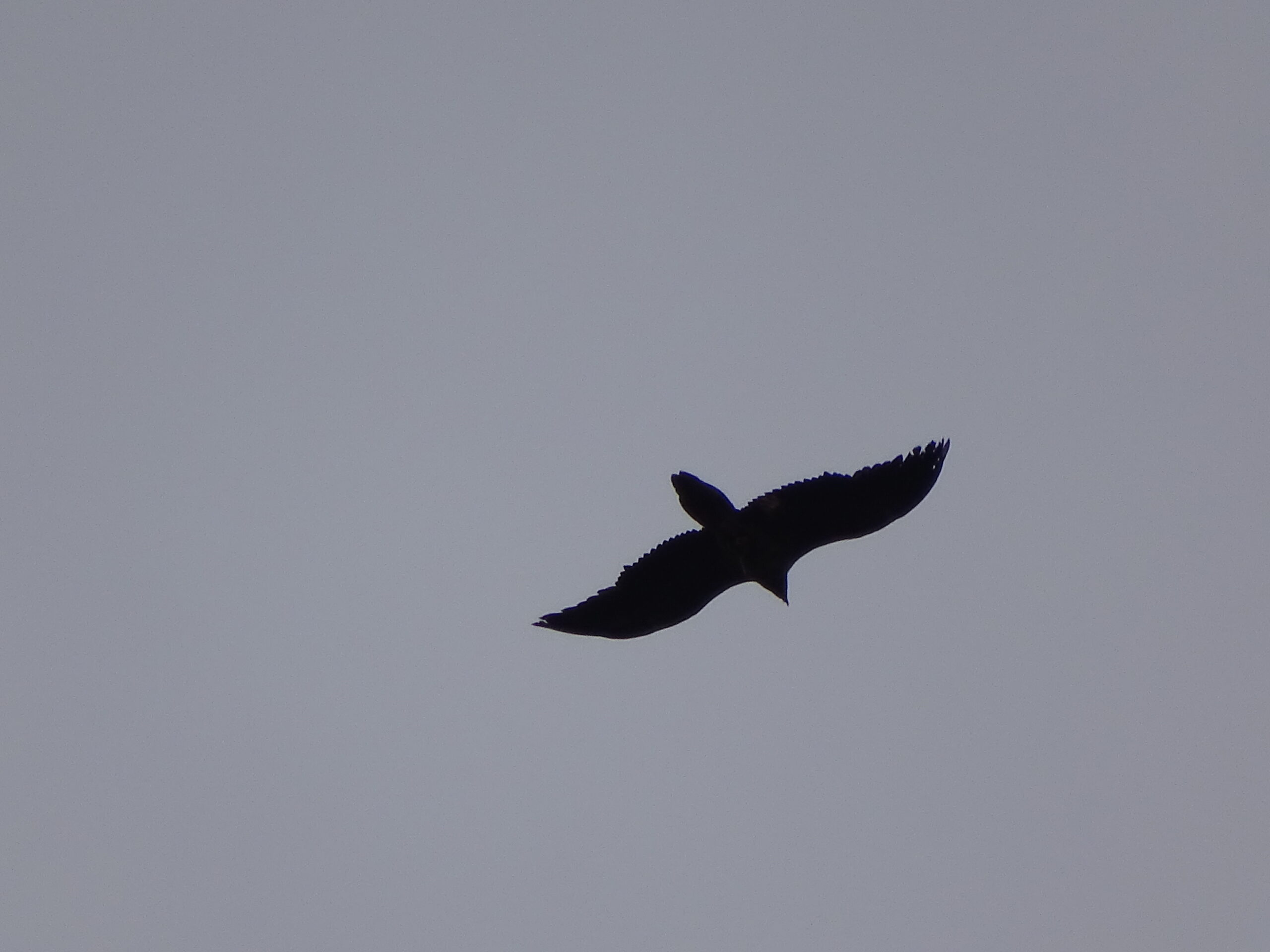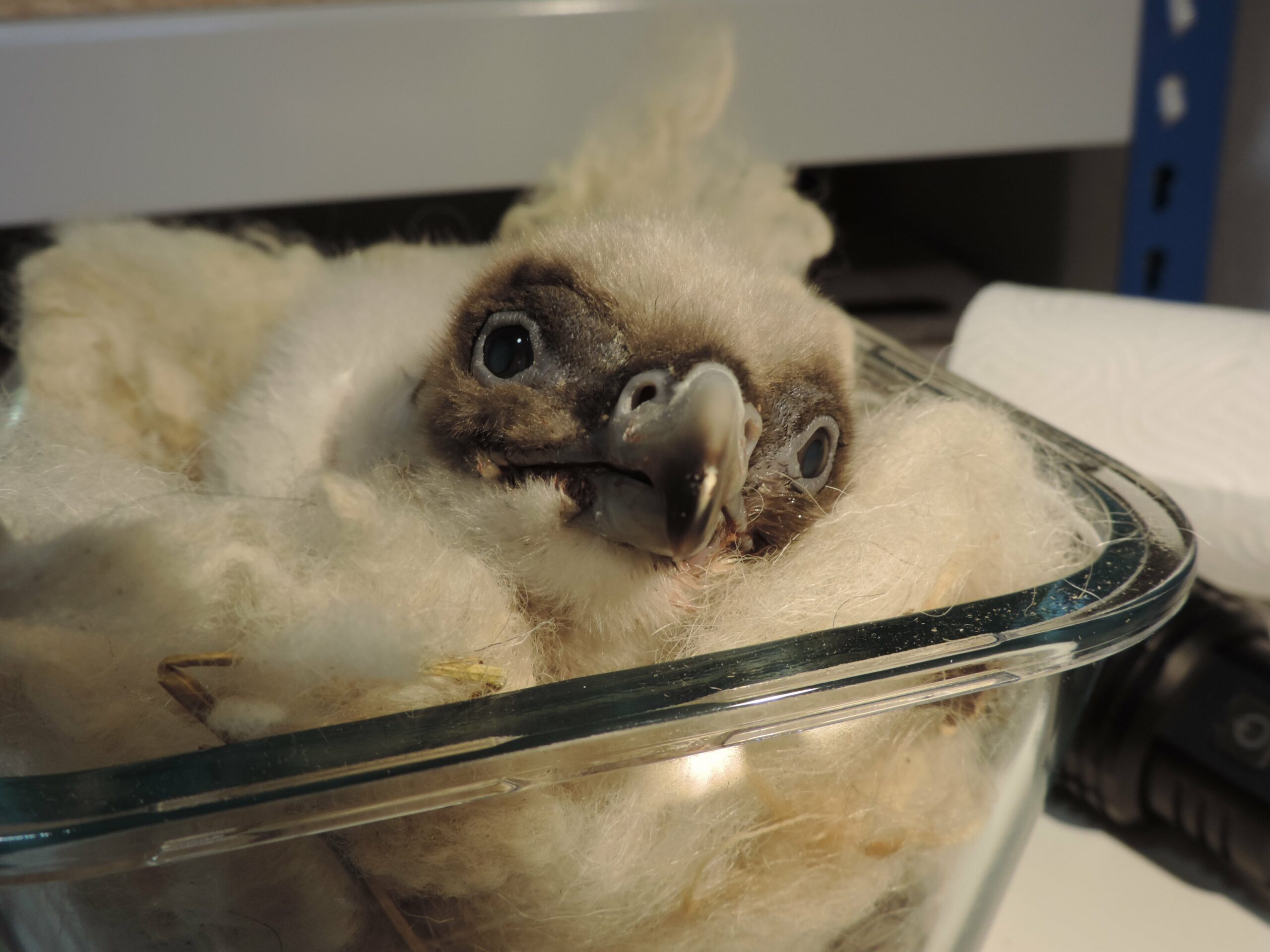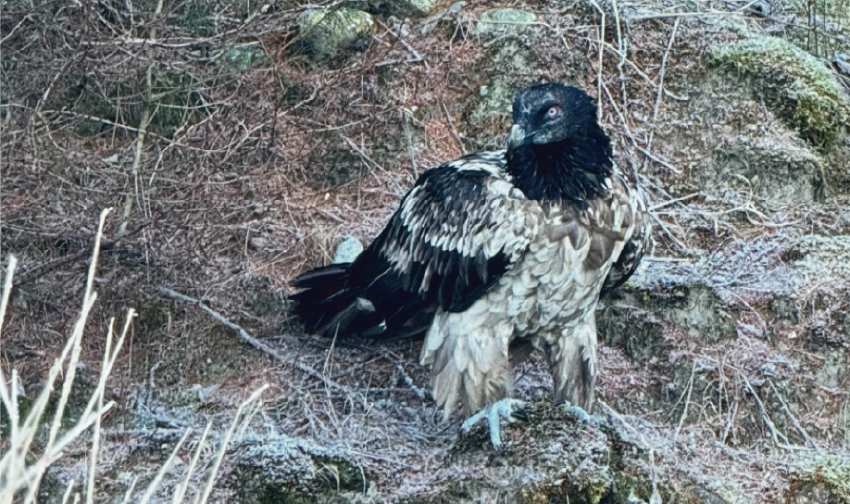Another important milestone in the fantastic project to restore thisspecies in Andalucía. This is the first nesting attempt in the wild after the speciesdisappeared more than 30 years ago
The Junta de Andalucia has confirmed that the pair of bearded vultures that had built a nest in Andalucia has now laid some eggs.
Toño and Blimunda, both birds that have been released in the area within the project to reintroduce the species to the Sierras de Cazorla, Segura, Castril and Las Villas, led by the Junta de Andalucia, in collaboration with the VCF, started to build the nest in November last year. The pair had been seen to copulate for the first time in December 2013, and remained paired throughout last year.
Toño is now 9 years old, and was released in 2006. He has been regularly seen in Cazorla, but in the first few years after being released he did several trips to the Pyrenees, and once spent a whole summer there. Blimunda is a female released in 2010, and therefore still somehow young.
This is a significant milestone in the on-going reintroduction project, more than 30 years after the species went extinct in the area (in 1983). The bearded vulture reintroduction project in Andalusia started in 1996, but releases of birds have only been happening since 2006 – so far a total of 31 birds have been released there, including 3 last summer. The oldest individuals flying are thus now 9 years old, and starting to come into breeding age – normally this species starts to reproduce in the wild at 8 or 9 years old. All individuals have been fitted with satellite tags. At least 15 of them are still alive. Nine died of various causes and 7 do not emit any signal any longer. Most have dispersed at some point, travelling far and wide across the peninsula, visiting the far away Pyrenees, Picos de Europa and locally Sierra Nevada, but then fly back to the release area and are well established there.
The bearded vulture was widespread in the mountains of southern Spain until the 40s, but intense human persecution and widespread poisoning cause it to disappear from southern Iberia. The last confirmed breeding took place in Cazorla in 1983, and in 1986 the last adult also disappeared.
The first movements for a reintroduction happened as far back as 1991, when the Junta de Andalusia led a feasibility study for a reintroduction project. In 1996 an agreement was then signed between the Junta and the Foundation for the Conservation of the Bearded Vulture (the precursor of the VCF) to establish a specialized captive breeding centre in Guadalentin (Sierra de Cazorla), with birds provided by the FCBV.
This center has been working ever since within the bearded vulture European Endangered Species Programme (EEP), managed by the VCF, and currently houses 20 birds, and six breeding pairs.
Releases in Andalusia started in 2006, after the Junta, and Fundacion Gypaetus, established locally to manage the project, started an ambitious conservation programme, mainly focussed on minimizing the endemic tradition of poisoning the sierras to control predators. The number of poisoning incidents in Andalusia as a whole, and the Sierras de Cazorla/Segura/Castril in particular, decreased spectacularly, so releases could start. Unfortunately in 2011 two bearded vultures were found poisoned, so releases were temporarily halted that year to reinforce the antipoisoning work – there has been no mortality since 2012.
Two other pairs showing pair binding and sedentary behaviour have been established, one by Hortelano (male released in 2010) and Marchena (female released in 2012), and one in Sierra de Castril (Granada): Viola (a female released in 2012) and an adult male that could not be identified (probably one in which the satellite tag is not working)
The VCF would like to thank all the staff of Fundacion Gypaetus, and the Junta de Andalucia, for their unwavering commitment and effort to make this project successful. We are getting closer to another dream – restore the bearded vulture in southern Iberia!



